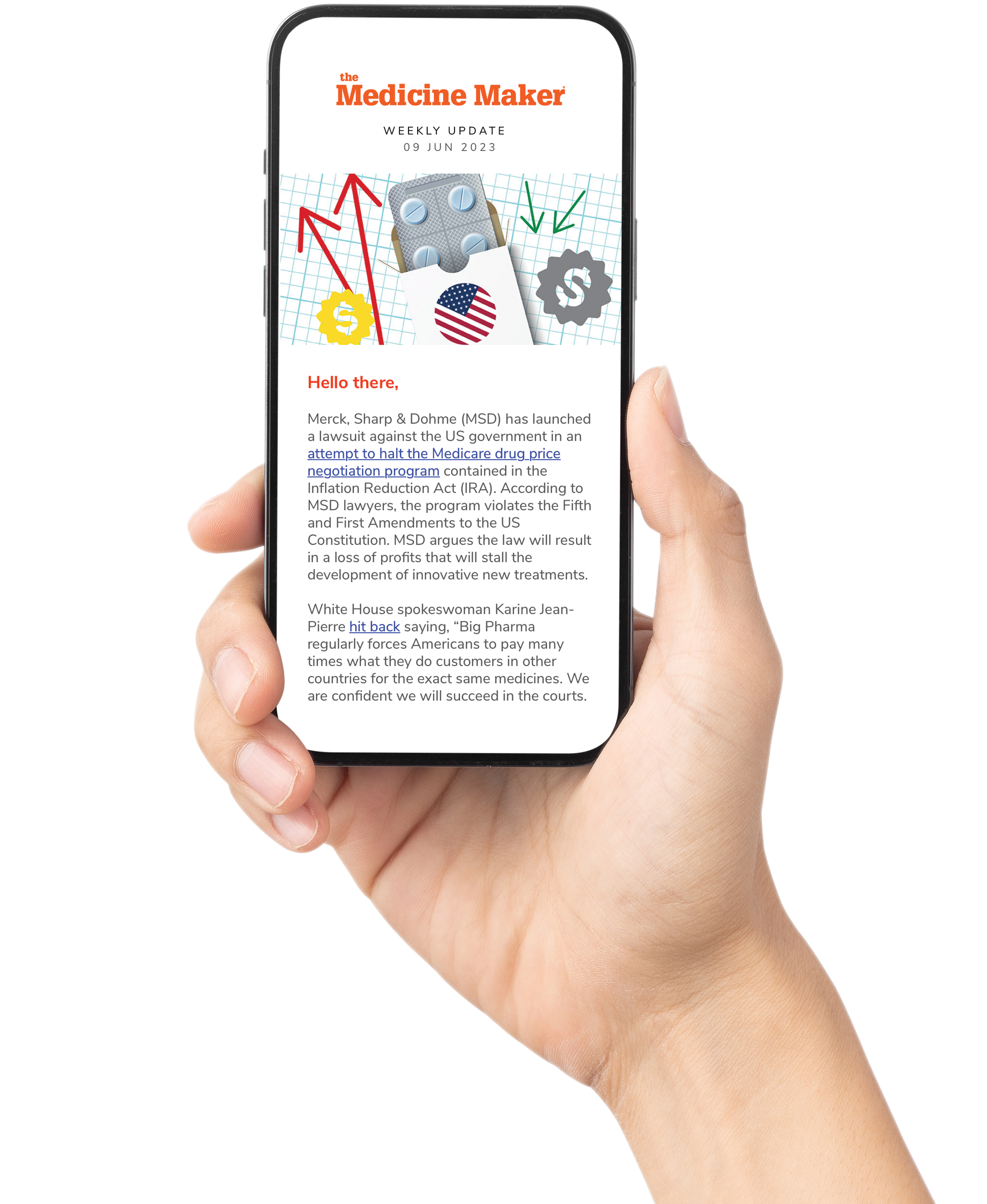
US Senator Ron Johnson (R‑Wisconsin) recently convened a senate hearing entitled “Voices of the Vaccine Injured” which featured individuals claiming harm from COVID‑19 vaccines. Though intended to amplify under‑heard stories, the event was dominated by anti‑vaccine rhetoric and misinformation, as reported by MSNBC’s Brandy Zadrozny.
Attendees included known vaccine sceptics and conspiracy theorists who made alarming assertions without scientific support. Among the most repeated claims were that vaccines caused severe and widespread harm, that health authorities deliberately ignored adverse effects, and that individuals with natural immunity were endangering their lives by getting vaccinated.
One speaker alleged that young, previously healthy people had died shortly after receiving vaccines. Others echoed familiar narratives used to stoke fear, including references to myocarditis (heart inflammation), auto‐immune flare‑ups, and neurological complications.
Zadrozny noted that while the organizers promoted concealment of vaccine‑injured voices, they largely curated speakers who reinforced anti‑vaccine ideology. Less attention was given to public health experts, ongoing safety monitoring, or data demonstrating vaccines’ effectiveness in reducing severe COVID‑19 cases, hospitalizations, and deaths.
Critics argue that Johnson’s event lacked balance and failed to acknowledge the vast scientific consensus confirming that vaccines benefit public health. They also voiced concern over the hearing’s lack of rigorous vetting or contextualization of speakers' claims.
From an expert’s standpoint: while no medical intervention is without risk, COVID‑19 vaccines have undergone intensive testing and real‑world scrutiny. The Centers for Disease Control and Prevention and other international agencies continue to track safety monitoring systems such as the Vaccine Adverse Event Reporting System, concluding that myocarditis cases are rare and typically resolve quickly. The benefits of vaccination consistently outweigh drawbacks, especially compared to risks posed by COVID‑19 infection itself.




